|
Monarch season will soon be upon us and as we diligently check every milkweed plant we see in the hope of finding a caterpillar, or even better a chrysalis, to admire and observe, there is another butterfly to keep an eye out for... The Viceroy! While the similarities are unmistakable the Monarch and Viceroy are two completely different species - the Monarch is Danaus plexippus where as the Viceroy is Limenitis archippus. How to tell the difference? One way is to find the distinctive black stripe along the bottom wings of the Viceroy, Monarchs don't have the stripe. Size (not represented accurately in the photographs) Viceroys are generally about an inch smaller than Monarchs
Other neat facts
Viceroys do not migrate. They overwinter as 1st or 2nd instar larvae, rolled up in a leaf of their host plant (willow or poplar). In the spring, the larvae need about 15 days to complete the life cycle and become a butterfly. They must develop through the remaining instars (approximately 5 days) and the chrysalis stage (at least 10 days). Monarchs and Viceroy are Müllerian mimics, meaning two equally toxic species that take on similar characteristics to benefit themselves. Next time you're out in the field take a moment to see if you can spot both species this time of year.
0 Comments
You have probably seen one before and just didn’t know. If you’ve ever been in your flower garden or near a buzzing field of wildflowers on a sunny, summer day and said to yourself, “well, that’s a funky lookin’ bee”. Congratulations! You’ve just spotted a humingbird moth! Or, more accurately, a Hummingbird Clearwing, a moth in the genus Hemaris. There are 3 Hemaris species that occur in this region, those being the hemaris thysbe (Hummingbird Clearwing, shown here), Hemaris diffinis (Snowberry Clearwing) and Hemaris gracilis (Slender Clearwing). The differences between each are very subtle amounting to a mere patch or band of color on the underside. The olive-green into burgundy coloring on the thorax and abdomen would make a pretty decent color combination for any football team and the hues of red and brown on the edges of the wings are pretty snazzy as well but arguably the most interesting feature of this moth are the clear patches. As you can see the clearwings are diurnal (daytime) moths and using their proboscis to feed on nectar from trees and flowers such as honeysuckle, hawthorne and snowberry. This one in particular was loving his bee balm. Clearwings are normally found in any of the usual places you would expect bugs; second-growth forests, meadows and, occasionally, your very own garden. Though it is commonly mistaken for a bumblebee one of the easiest ways to spot the difference is that while bees will land on the flower to collect pollen the clearwing will not. It will remain in flight for the duration of it’s feeding in the same manner of a hummingbird. Thus leaving little wonder how it got it’s name.
They are migratory which means that they are only here during the warmer months (April-August), so what are you waiting for? Go out and find one while they’re still here! -Noah Klenovich is an amateur photographer and nature enthusiast. You can view his work at nklen.smugmug.com When we contemplate the whole globe as one great dewdrop, striped and dotted with continents and islands, flying through space with other stars all singing and shining together as one, the whole universe appears as an infinite storm of beauty. Believe it or not, it's still a jungle out there... just, an ever shrinking jungle. This is why conservation efforts and nature preserves are so very important. One of my favorite places to explore when I get the itch for isolation, to be in a primitive land, to see things different, to remind myself there is more in this world than the day-to-day is Brown's Bog. It's located down a dirt and gravel road, off a back road in the middle of the country, there is no address, there are no facilities, just a small pull off and a sign to let you know you've arrived. But first, a little about Ohio's State Nature Preserves...
"Brown's Lake Bog is one of a handful of sites in Ohio which contain an open kettle- hole lake surrounded by a floating sphagnum moss mat. The bog and surrounding forest were purchased by The Nature Conservancy in 1966. The preserve was declared a National Natural Landmark in 1968.
The preserve lies in the Glaciated Allegheny Plateau region of northeastern Ohio. The bog and lake are glacial relicts, and the knolls in the northeast corner and southern part of the property are glacially formed hills called kames. The naturally acidic properties of sphagnum and its ability to insulate the water from rapid air temperature changes provides the special conditions needed to maintain the boreal plant community including round-leaved sundew, large cranberry, grass-pink orchid and marsh five-finger. The lowland woods south and northeast of the main bog support shallow ephemeral pools during much of the year." There are over 20 different species of rare or endangered plant forms that are able to survive due to this unique environment. Take a trip and see how many of these interesting species you can find!
Wild Bergamot - Purple Bee-Balm - Monarda fistulosa L.
This plant with its 'crazy hair' and tall stem is a favorite of bees and hummingbirds, but if we look further down the stem we'll find it has sets of paired leaves, a slight green/gray color... this is the part of the plant to gather. I say gather after everything has been taken into consideration... if this is a rare plant in your area, leave it alone, if it is a common one, gather responsibly - take only what you will use in the time it will be fresh. This is a potent plant so a little will go a long way! I list the Latin in the title of the plant to differentiate it from the Bee-Balm plant Monarda didyma which is red in color, still safe and can be used in the same manner, but it's good to be aware of the differences. Now then, you've found this interesting plant, it's in vast abundance locally, what now? Through the years it has been used for many purposes...
Depending upon the variety of wild bergamot, flavor varies. Those with high thymol content are used as a thyme substitute, but the Monardas do not have GRAS status (FDA generally recognized as safe). Pleasant teas are made from leaves or flowers. Current medicinal uses are much the same as historic applications. Wild bergamot is used for aromatherapy and fragrance, and flowers are included in fresh bouquets or dried for crafting. Fun fact, Native American bergamot tea drinkers shared this delectable tea with colonial settlers, who then used it as a substitute when imported tea became scarce after the Boston tea party. Bergamot Tea 1/4 Cup of fresh Bergamot Leaves 1 Cup boiling water or 2 Tablespoons of dried Bergamot Leaves 1 Cup boiling water Pour water over tea leaves, let sit about 5 minutes before straining out leaves, add local honey or fresh lemon juice if desired, it is now ready to drink!
We attempted to hike at one of our favorite parks only to be deterred by the number of mosquitoes swarming us. Yes, it's been a rainy season and a few are always to be expected, but when your time in the woods is spent swatting bugs and not enjoying the scenery, greenery, and air around you, you have to ask is it worth it? For a day hike no.
So we moved on to a new area to explore. We ended at a nature reserve I've always wanted to explore, so we park, get out, and no mosquitoes! But there was one big difference, there were dragonflies everywhere! After strolling about for a while getting my bearings with the area, I stopped to watch these awesome creatures. It doesn't take long for them to get comfortable with people, they'd land closer, then take off, then land a little closer, until they were so close I couldn't focus my camera on them anymore! What really struck me was how each of them had very unique personalities. The Eastern Pondhawks were the most playful and daring always trying to one up each other for the camera. The Halloween Pennant was modest but not nervous as I crept closer to snap a photo. The Widow Skimmer was a little more shy maintaining a safe distance. The Swamp Darner (not 100% on that classification) was the least afraid landing as close as a few inches from me! These are some of the most interesting and helpful insects. (and no, they don't sting humans and will only bite if captured and their mouths can come in contact with skin, but rarely can they break skin) Here are some fun facts from the Smithsonian about dragonflies. * Some adult dragonflies live for only a few weeks while others live up to a year. * Nearly all of the dragonfly’s head is eye, so they have incredible vision that encompasses almost every angle except right behind them. * Dragonflies, which eat insects as adults, are a great control on the mosquito population. A single dragonfly can eat 30 to hundreds of mosquitoes per day. * There are more than 5,000 known species of dragonflies, all of which (along with damselflies) belong to the order Odonata, which means “toothed one” in Greek and refers to the dragonfly’s serrated teeth. * In their larval stage, which can last up to two years, dragonflies are aquatic and eat just about anything—tadpoles, mosquitoes, fish, other insect larvae and even each other. * At the end of its larval stage, the dragonfly crawls out of the water, then its exoskeleton cracks open and releases the insect’s abdomen, which had been packed in like a telescope. Its four wings come out, and they dry and harden over the next several hours to days. * Dragonflies are expert fliers. They can fly straight up and down, hover like a helicopter and even mate mid-air. If they can’t fly, they’ll starve because they only eat prey they catch while flying. In symbolism the dragonfly is, brings, and represents many things... * The power of light * In China, people associate the dragonfly with prosperity, harmony and as a good luck charm. * Amongst Native Americans, it is a sign of happiness, speed and purity. * Maturity and a depth of character - symbolizing change in the perspective of self realization, the mental and emotional maturity to understand the deeper meaning of life. * Power and poise * Defeating self created illusions - allowing you to be the true you. * Transition and transformation Many people are familiar with this plant, it can be found in forests, parks, yards, cities; this hearty little plant hides in it a great secret.
But first some facts about it... It's scientific name is "Impatiens capensis" but it also goes by "touch-me not" due to its seed pods. In the late summer it grows seed pods that, when disturbed, burst open sending seeds flying. A fun stop on a walk with little ones, and it insures more jewelweed plants in the future! Now what you might not know... Jewelweed has many safe and natural uses when you find yourself in the woods. Have you stumbled through stinging nettles? Then you know how painful and uncomfortable that can be. A solution? Break open a juicy jewelweed stem off the plant and down the center of the stem and rub the juicy center on the sting. You will find the pain soon dissipates. It also works to soothe the itch of poison ivy and poison oak as well as insect bites. Next time you're out, take a second look at these helpful plants and 'pop' a seed pod or two! |
AboutSince 2015 we have been exploring and sharing all the amazing things we’ve found in nature. AuthorEmily is an Ohio Certified Volunteer Naturalist who is most often found out in the woods. Archives
June 2024
Categories
All
|
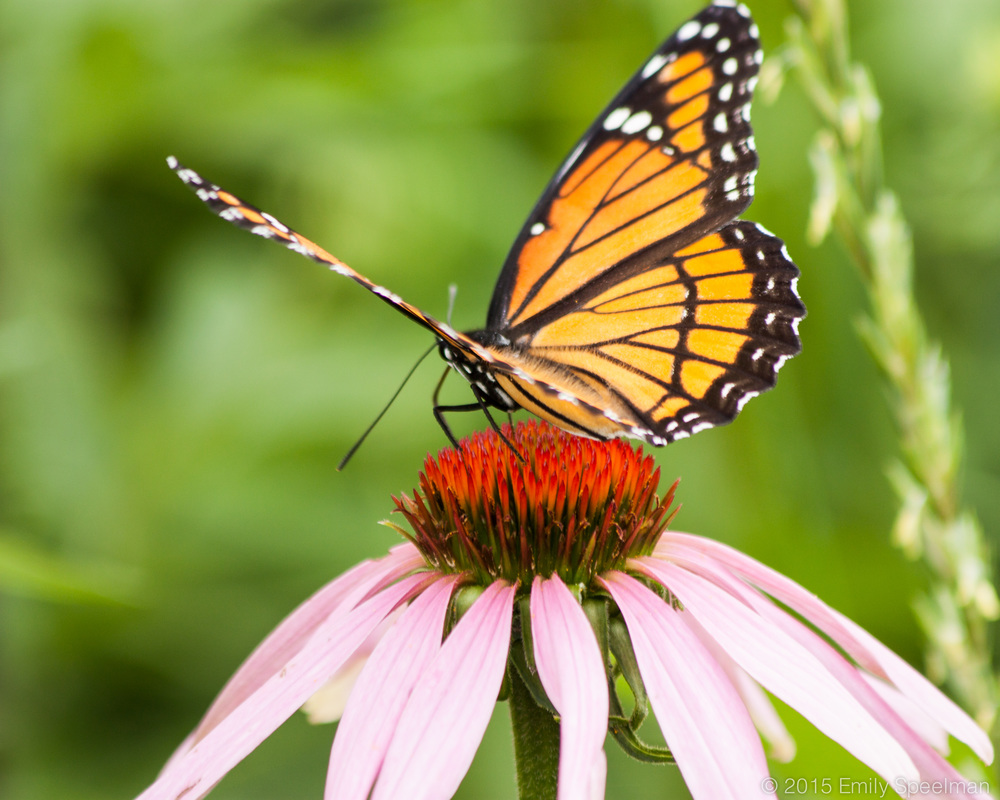


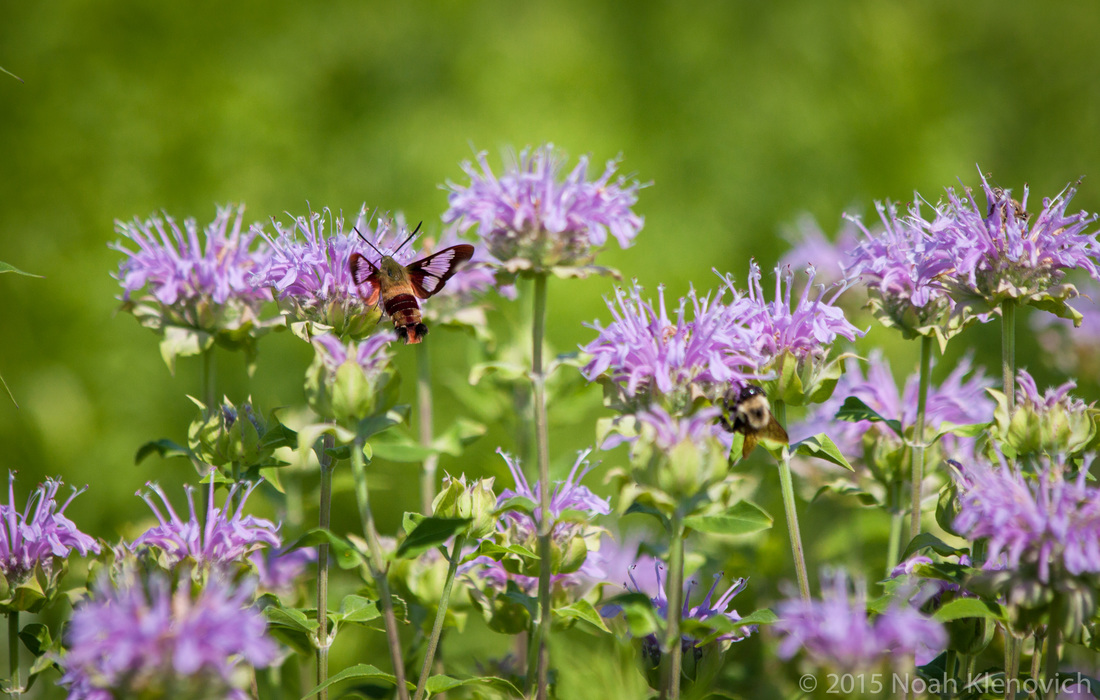


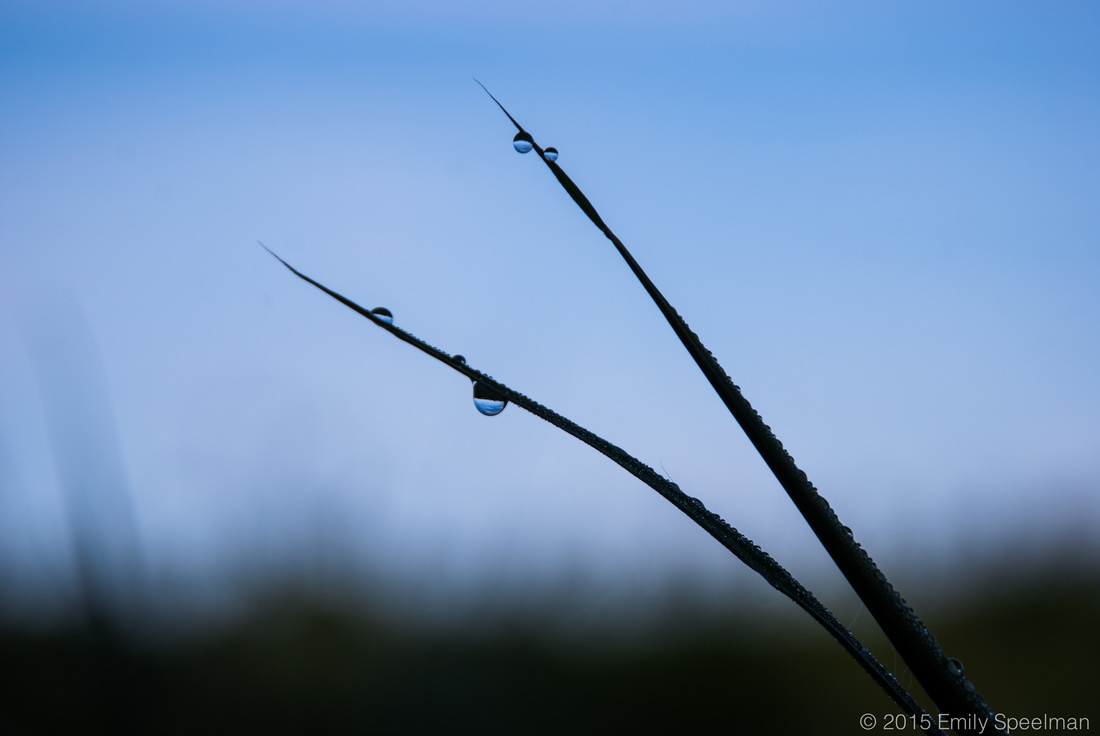
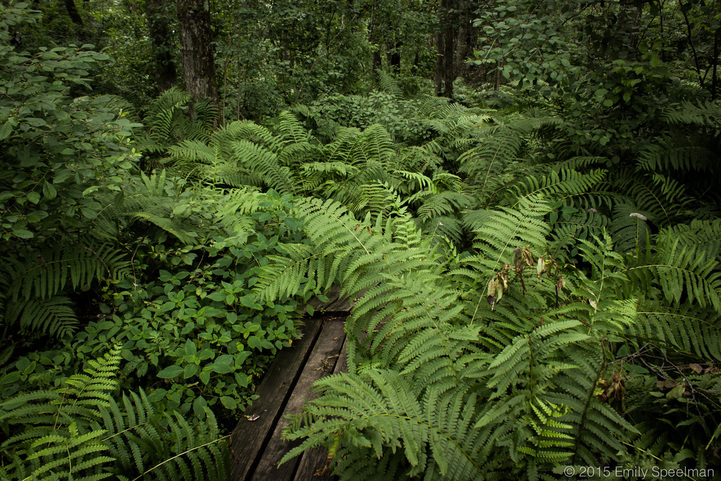
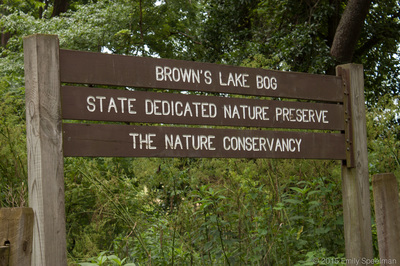



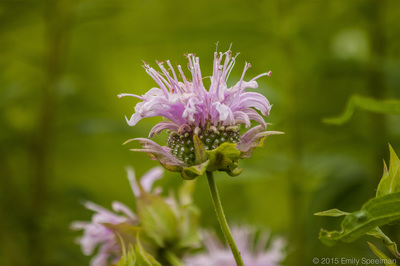


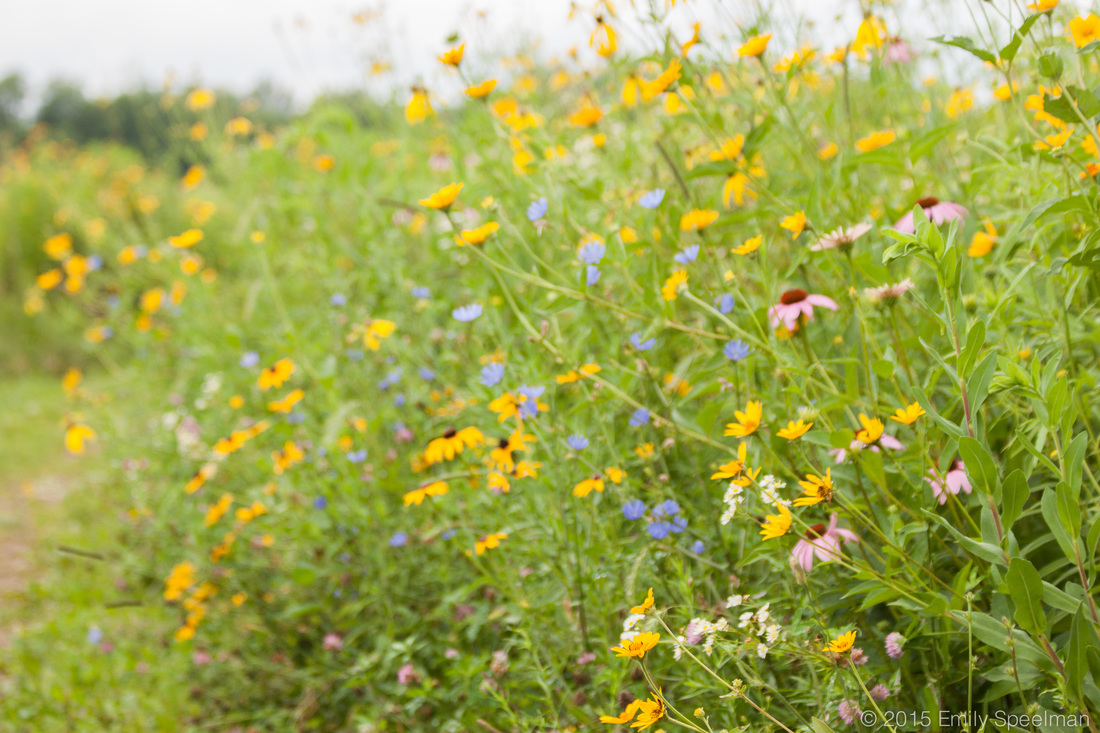



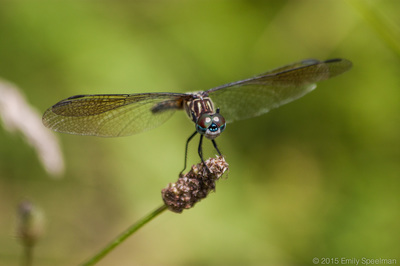



 RSS Feed
RSS Feed